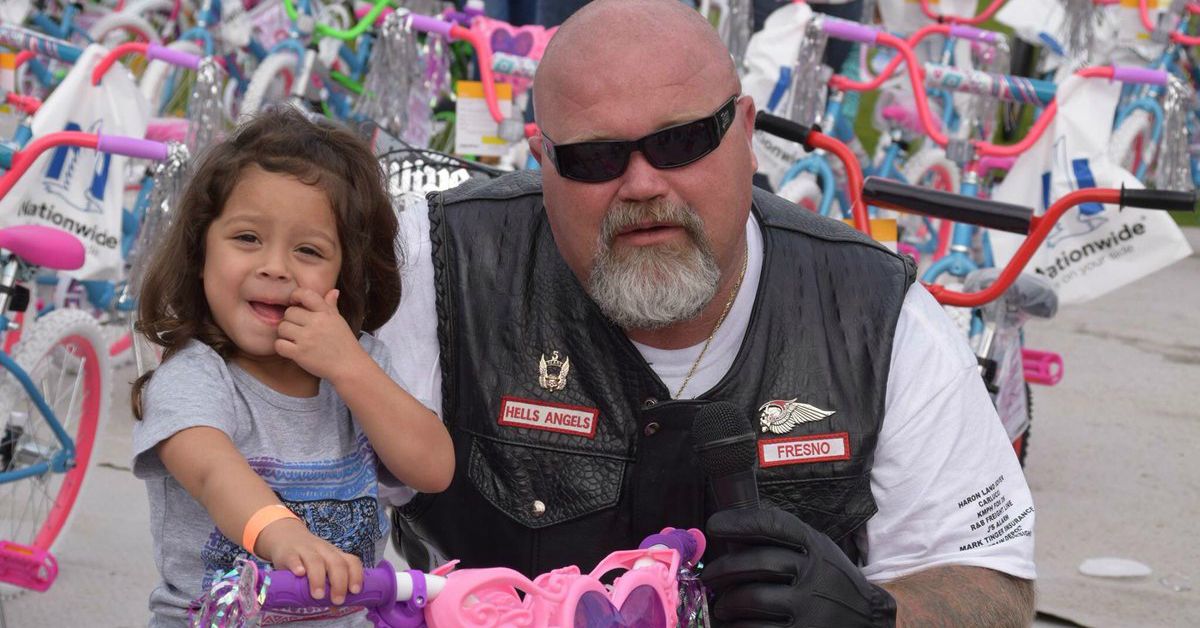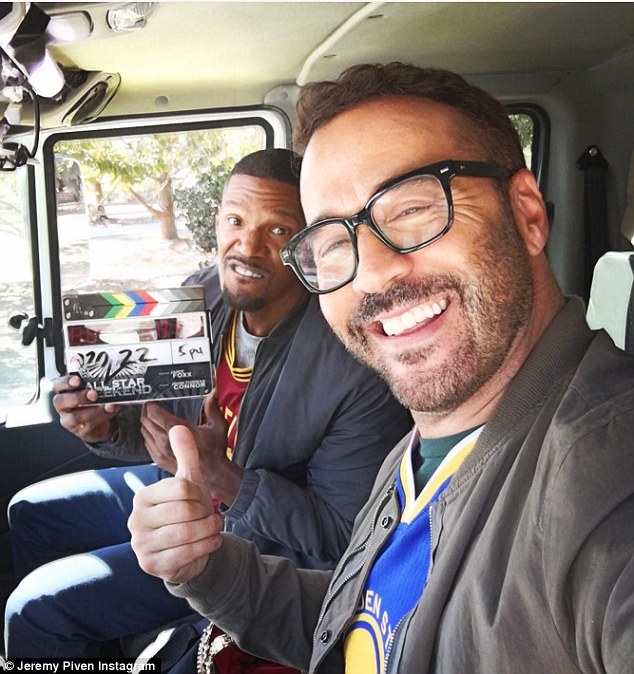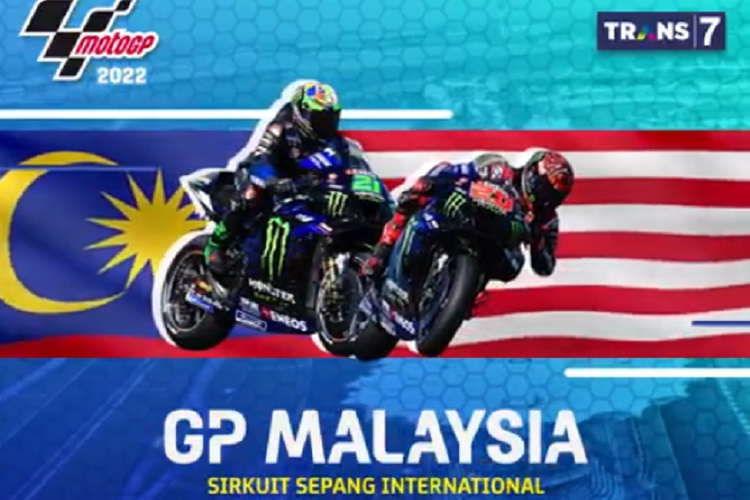The Hells Angels: Their Rise, Reign, And Impact On Society

Table of Contents
The Genesis and Early Years of the Hells Angels
Origins and Founding
The Hells Angels Motorcycle Club's origins trace back to the post-World War II era, a time of social upheaval and restless energy. The first chapter was founded in 1948 in Fontana, California. Early club activities centered around motorcycle racing, socializing, and a shared camaraderie among veterans and other young men seeking adventure and a sense of belonging. Initial membership largely consisted of World War II veterans and other working-class individuals.
- Location of first chapter: Fontana, California
- Early club activities: Motorcycle racing, barroom brawls, socializing
- Initial membership demographics: Primarily World War II veterans and working-class men
Early Criminal Activities
While initially focused on motorcycle culture, the Hells Angels gradually engaged in criminal activities. These early ventures often involved smuggling, protection rackets, and violent confrontations with rival groups and law enforcement. The line between leisure riding and illicit activities blurred as the club's activities became increasingly intertwined with criminal enterprises.
- Early examples of illegal activities: Smuggling, brawling, theft, intimidation
- Evolving relationship with law enforcement: Initially sporadic conflicts escalating into sustained antagonism
Establishment of the "One Percent" Identity
The adoption of the "one percent" moniker solidified the Hells Angels' outlaw identity. This designation arose in response to the American Motorcycle Association (AMA)'s claim that 99% of motorcyclists were law-abiding citizens. The Hells Angels embraced the "one percent" label, proudly associating themselves with a counter-culture image of rebellion and defiance against societal norms. This identity continues to shape the club's image and activities to this day.
- The AMA's statement: The catalyst for the adoption of the "one percent" label.
- The counter-culture image: A deliberate embrace of rebellion and defiance.
- Its lasting impact on the club's identity: A defining characteristic, shaping their public perception and internal cohesion.
The Hells Angels' Expansion and Territorial Disputes
Growth and Chapter Expansion
From their California roots, the Hells Angels expanded aggressively across the United States and internationally. Key periods of expansion saw the establishment of prominent chapters in major cities, leading to a complex network of affiliated groups. Maintaining control and consistency across diverse chapters proved a constant challenge, leading to internal conflicts and power struggles.
- Key periods of expansion: 1950s-1960s, 1980s-present
- Establishment of prominent chapters: San Francisco, Oakland, New York, London, and other major cities globally.
- Challenges of maintaining control: Geographical distance, differing chapter cultures, and internal power dynamics.
Rivalries and Conflicts
The Hells Angels' expansion inevitably led to violent conflicts with rival motorcycle clubs and gangs, most notably the Bandidos and Mongols. These clashes often involved territorial disputes, turf wars, and brutal acts of violence. The use of violence became a critical tool for establishing and maintaining dominance within the biker gang scene.
- Key rivalries: Bandidos Motorcycle Club, Mongols Motorcycle Club, and others.
- Significant conflicts and their outcomes: Numerous violent clashes resulting in injuries and deaths.
- The role of violence in maintaining dominance: A core strategy for territorial control and intimidation.
Internal Conflicts and Power Struggles
Despite their outward image of unity, the Hells Angels have experienced significant internal conflicts and power struggles. These internal disputes often stemmed from competition for leadership positions, control over lucrative criminal activities, and disagreements over club policy. Such conflicts have impacted the club's cohesion and effectiveness in carrying out criminal operations.
- Examples of internal conflicts: Power struggles between chapters, disputes over territory or resources.
- Leadership changes: Frequent shifts in leadership reflecting internal power dynamics.
- Impacts on the club's cohesion and activities: Internal divisions have hampered operations and sometimes led to fragmentation.
The Hells Angels and the Law: Legal Battles and Criminal Convictions
Law Enforcement Crackdowns
Law enforcement agencies worldwide have launched numerous crackdowns on the Hells Angels, aiming to disrupt their criminal activities and dismantle the organization. Major investigations and operations, often involving multiple agencies, have resulted in numerous arrests and convictions. However, effectively prosecuting Hells Angels members remains a significant challenge due to the club's secretive nature and complex organizational structure.
- Major investigations and operations: Numerous large-scale investigations involving federal and local law enforcement.
- Notable arrests and convictions: Many high-profile members have faced charges ranging from drug trafficking to murder.
- The effectiveness of these interventions: Mixed results, with the club demonstrating resilience despite law enforcement efforts.
Legal Strategies and Challenges
The Hells Angels employ sophisticated legal strategies to defend against prosecution. They utilize skilled lawyers, exploit loopholes in the law, and rely on the difficulties of proving gang-related charges. The complexities of gang-related prosecutions, such as proving conspiracy and establishing connections between individuals and criminal acts, pose significant challenges for law enforcement.
- Use of lawyers: The club employs experienced legal counsel to challenge prosecutions.
- Challenges faced by law enforcement: Proving gang-related charges, overcoming witness intimidation, and navigating complex legal procedures.
- The complexities of gang-related prosecutions: Difficult to prove direct involvement and intent in gang-related crimes.
The Impact of Legislation on the Hells Angels
Anti-gang legislation and stricter laws have significantly affected the Hells Angels' operations. These laws, aiming to restrict gang activities and prosecute members more effectively, have forced the club to adapt its strategies and become more clandestine. However, the club has shown considerable adaptability, continuing to operate despite increased legal pressure.
- Anti-gang legislation: Laws specifically targeting organized crime and gang activity.
- Its impact on club activities: Increased difficulty in carrying out criminal activities openly.
- The club's adaptation to changing legal landscapes: Increased secrecy, decentralized operations, and adaptation of criminal strategies.
The Hells Angels' Cultural Impact and Popular Representation
Portrayal in Media
The Hells Angels have been extensively portrayed in books, films, and other media, often romanticizing their rebellious image. These portrayals range from accurate depictions of their criminal activities to sensationalized narratives that emphasize their counter-culture appeal. These representations have significantly influenced public perception, contributing to the mythos surrounding the club.
- Examples of notable portrayals: Numerous books, documentaries, and films have featured the Hells Angels.
- The accuracy of these representations: Varies greatly, from reasonably accurate to highly fictionalized accounts.
- Their impact on public perception: Contributes to the enduring fascination with and often romanticized image of the club.
The Hells Angels' Influence on Popular Culture
Beyond their media portrayal, the Hells Angels have exerted a considerable influence on popular culture, particularly the biker subculture. Their style, including leather jackets, bandanas, and custom motorcycles, has become iconic. Their rebellious image resonates with those who reject mainstream society, contributing to a broader cultural narrative of individualism and defiance.
- Fashion influences: The club's attire has significantly influenced biker fashion.
- Music influences: The Hells Angels have been linked to various musical subgenres, particularly rock and roll.
- Impact on rebellious image: The club's defiant stance has inspired counter-cultural movements.
- The mythos surrounding the club: A combination of reality and legend that continues to fascinate.
Conclusion
The Hells Angels' history is a complex tapestry woven with threads of rebellion, crime, and cultural impact. From their humble beginnings to their global presence, their influence on society remains undeniable. While their activities have often been marked by violence and criminal behavior, their image has also become a significant part of popular culture. Understanding the Hells Angels – their rise, their reign, and their impact – requires a nuanced examination of their history, their structure, and their ongoing relationship with law enforcement and society. To further explore the multifaceted history of this infamous motorcycle club, delve deeper into the extensive research and documentation available on the Hells Angels. Continue your journey of understanding this complex organization and its lasting legacy.

Featured Posts
-
 Jamie Foxx And The All Star Weekend Casting Debate Robert Downey Jr S Role
May 26, 2025
Jamie Foxx And The All Star Weekend Casting Debate Robert Downey Jr S Role
May 26, 2025 -
 Deces D Albert Luthers Thierry Luthers En Deuil
May 26, 2025
Deces D Albert Luthers Thierry Luthers En Deuil
May 26, 2025 -
 Jadwal Moto Gp Inggris 2025 Saksikan Fp 1 Race Dan Siaran Langsung Di Trans7
May 26, 2025
Jadwal Moto Gp Inggris 2025 Saksikan Fp 1 Race Dan Siaran Langsung Di Trans7
May 26, 2025 -
 Hamburger Sv Der Weg Zurueck In Die Bundesliga Ein Blick Auf Die Saison
May 26, 2025
Hamburger Sv Der Weg Zurueck In Die Bundesliga Ein Blick Auf Die Saison
May 26, 2025 -
 Louisiana Horror Film Sinners Set For Theatrical Release
May 26, 2025
Louisiana Horror Film Sinners Set For Theatrical Release
May 26, 2025
